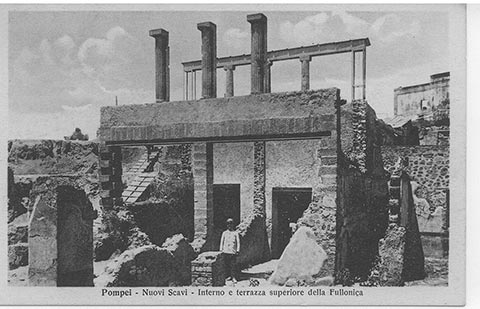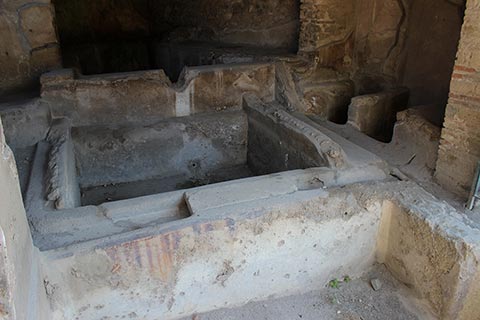A need to pound woolen cloth exists in the history of mankind since the dawn of weaving. However, early on the beating was not mechanical but rather the fabrics were tread on similar to way in which grapes are processed. In Rome the facilities dedicated to the work of the fabrics were called “fullonica” and the larger ones used to have different rooms for bleaching, dyeing and also for treading cloths.
It is in the Middle Ages when the first hydraulic fulling mills appear, probably thanks to the adaptation of the machinery of the river mills. They are already in evidence in Italy around the tenth century and will quickly spread to the north. In the Iberian Peninsula the first hint of their existence is in the twelfth century. In the Modern Age the use of fulling mills will be extended even more throughout the European geography. The exception will be Flanders and a part of northern Europe, where it will continue to be manually tamped to ensure the quality of the delicate and luxurious fabrics produced there.





